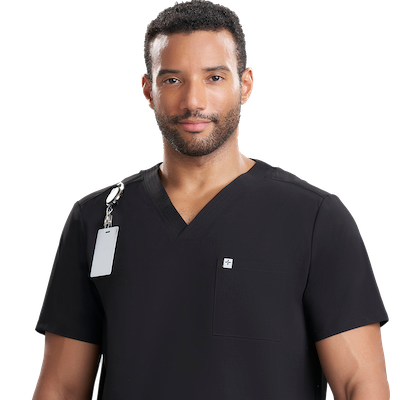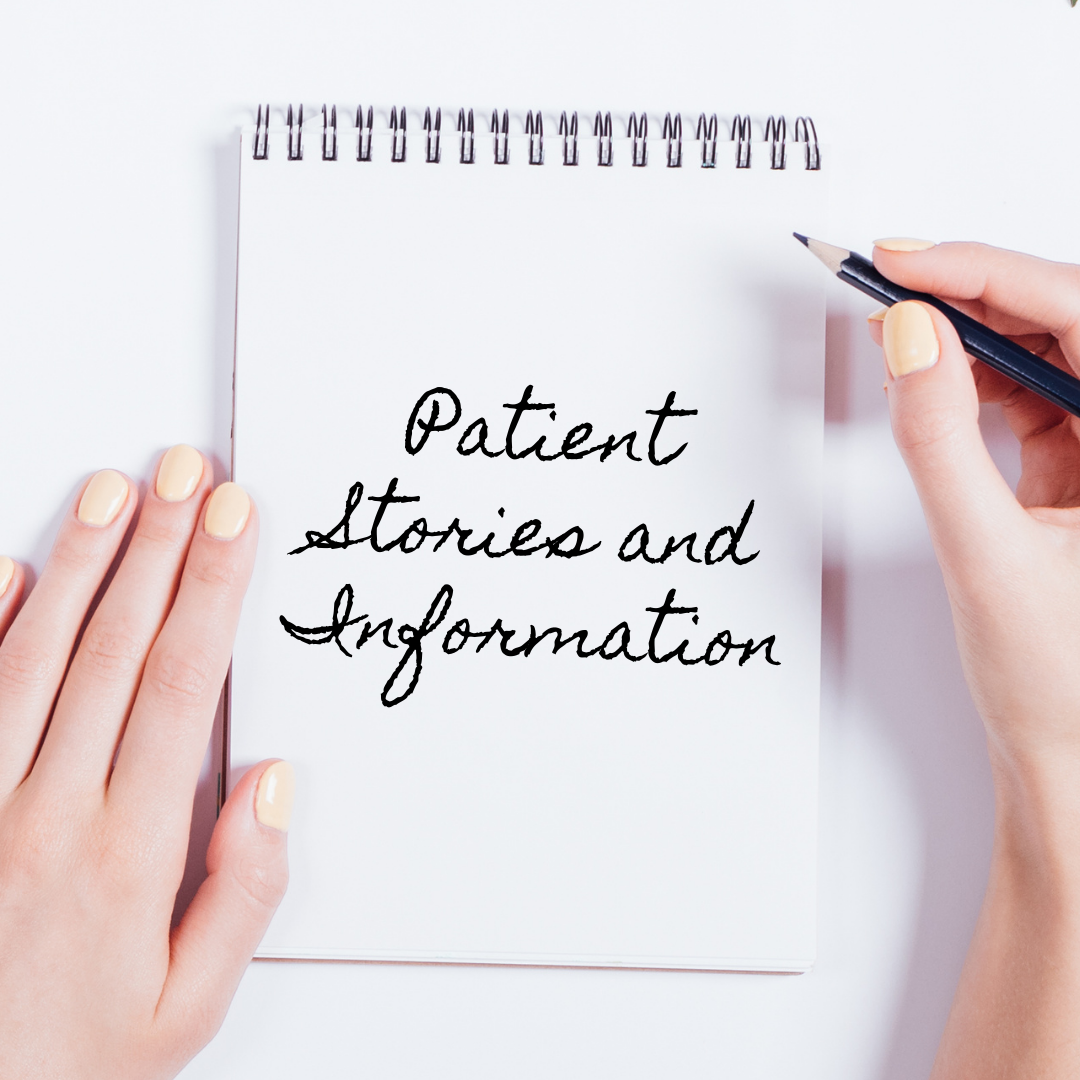What Is A Chemo Port?
An implanted port is a device that is surgically placed under your skin to provide intravenous (IV) access for chemotherapy, medications, transfusions, and blood draws. It is made up of a small reservoir and a catheter that provides access to your larger veins. Implanted port placement is very common for patients who need long-term IV access such as during chemo treatments.
After port insertion, many patients have questions on whether or not their sleep will be impacted by having a port. It is important to develop new habits to implement into your night routine and lifestyle to reduce discomfort and pain to ensure adequate sleep to assist in the healing process.
Managing Discomfort When Sleeping with a Chemo Port
 Many patients report experiencing mild discomfort shortly after their port insertion, however this tends to subsides over the following weeks. Some patients may experience on-going sleep disturbances which are associated with lower self-perceived physical health and impaired quality of life. However, there are plenty of ways to work around this to ensure that your port has little interference with your sleep and daily routine.
Many patients report experiencing mild discomfort shortly after their port insertion, however this tends to subsides over the following weeks. Some patients may experience on-going sleep disturbances which are associated with lower self-perceived physical health and impaired quality of life. However, there are plenty of ways to work around this to ensure that your port has little interference with your sleep and daily routine.
Will I Experience Discomfort While I Sleep?
Discomfort from port insertion can last anywhere from a few days to several weeks. Ports are directly implanted under the skin and can cause local irritation to the adjacent tissue. Likewise, laying face down can cause direct pressure that can be uncomfortable and prevent the onset of sleep. Anything that a patient can do to take the pressure off their port would help improve sleep. Ideally, laying on your back will prevent any pressure on the device and make sleep more continuous.
How Can I Make Sleeping With My Port More Comfortable?
While it may seem difficult at first to sleep comfortably with your port, after a few days or weeks you will eventually find what works for you. Here are some tips we can offer:
- Re-evaluate your pillow and mattress: Is your pillow sized appropriately? Or does it provide too much stress on your neck, head, or shoulders forcing you to toss and turn at night? Making sure you have a comfortable mattress and correctly sized pillows can help ease the sleeping process.
- Prop pillows around your body: Propping pillows around the body can help keep you stable while sleeping and prevent tossing and turning, which in turn will mean less movement and irritation to your port. Placement of body pillows on either side of you may help prevent you from shifting at night and waking up with discomfort.
- Find a comfortable sleeping position: It’s generally best to sleep on your back to prevent any friction or movement to the port, but some prefer to sleep on their side. If you must sleep in any position other than flat on your back, sleep on your non-port side. For example, if your port is on the left side of your chest, try to sleep on your right side.
What Clothes Should I Wear To Sleep?
When sleeping with a port, it's generally best to wear clothes that are non-constricting and loose fitting. Furthermore, clothes and pajamas made with soft fabrics that won’t irritate the skin around your port may help reduce irritation.

Final Tips for Sleeping Comfortably with a Chemo Port
Sleeping with a port can cause some discomfort, but it is something you can adjust to with some changes to your sleeping habits and lifestyle. We hope this post helps answer a few questions on sleeping with a port, please let us know if there are other topics you would like to learn about!
Written By: Gregory Weingart, MD, a practicing ER physician, and Assistant Professor at the Eastern Virginia Medical School.
If you are looking for more resources and support surrounding chemo ports, check out our other blogs:
- 7 Reasons To Love Your Port
- Navigating My 20’s With A Chest Port
- The Best Clothing For Your Chemotherapy Treatment Session
Disclaimer: This document contains information and/or instructional materials developed by Care+Wear of a typical patient with your condition. It may include links to online content that was not created by Care+Wear and for which Care+Wear does not assume responsibility. It does not replace medical advice from your health care provider because your experience may differ from that of the typical patient. Talk to your health care provider if you have any questions about this document, your condition or your treatment plan.










Diane
April 04, 2023
Thank you so much for the information! It very helpful! Thanks again.